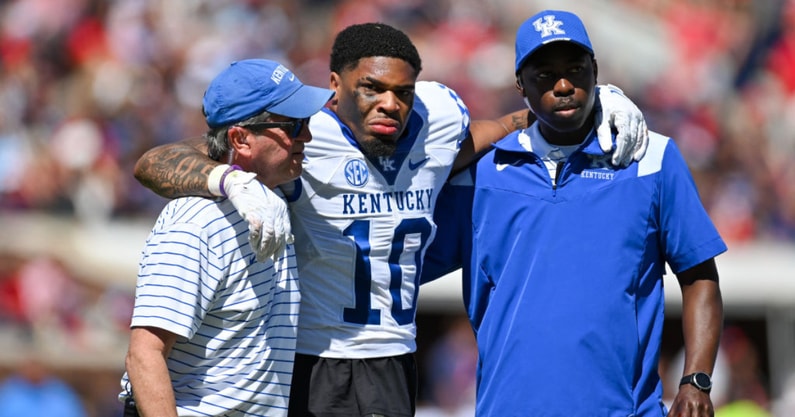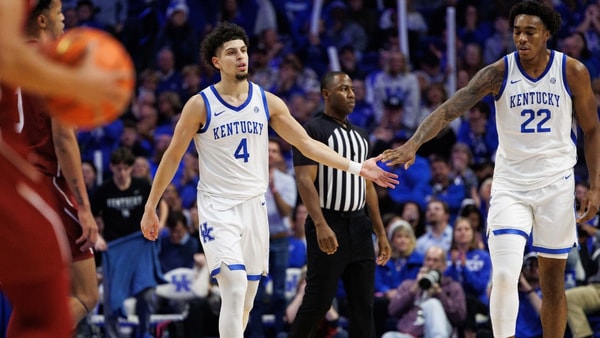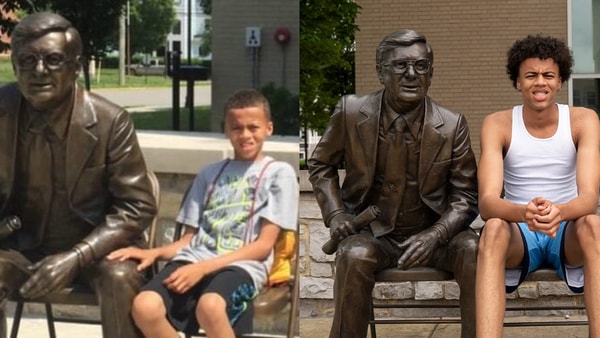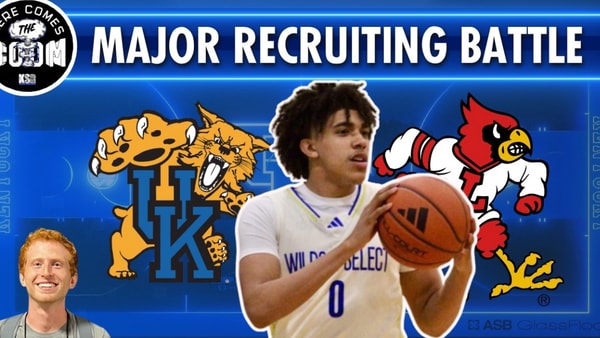College Football Makes Rule Change to Prevent Fake Injuries

In baseball, players are often taught to take one for the team. In that instance, they’re actually being hit by a pitch. Over the last decade, that’s taken on a different meaning in college football. Rather than receiving a shot, players are faking injuries to slow down the opponent.
College football has always been a game of cat-and-mouse. When Chip Kelly brought tempo offense to the sport, defenses had to do something to slow them down. The easiest way was to fake an injury.
Eventually, the rules committee made adjustments, allowing defenses to make substitutions whenever the offense subs, giving the opponent time to catch its breath. It did not completely solve the problem for defensive coordinators. That is why faking injuries is still a problem.
The New Solution to Cut Back on Fake Injuries
The NCAA Rules Oversight Panel approved changes to injury timeouts. Under the new rule, if medical personnel enter the field to evaluate an injured player after the ball is spotted by the officiating crew for the next play, that player’s team will be charged a timeout. If they do not have any timeouts, a 5-yard delay of game penalty will be assessed.
The challenge of creating a rule to stop fake injuries is obvious. How can you truly know if a player is hurt or faking it?
Over the years, we’ve seen players go down late with mysterious cramps. Oftentimes, it’s only after they look to the sideline and see their head coach pointing finger-guns in their direction. Now, a player must be on the turf before the ball is spotted. It seems like a more practical solution to combat fake injuries than the previous option.
Schools could submit video evidence of a player faking an injury to be reviewed. Coaches could be fined for the practice, but it’s unclear if that actually happened. It was punitive after the fact. Now, officials can actually intervene while the game is happening to cut back on fake injuries.
Top 10
- 1New
2025-26 CFP, Bowls
Full schedule, times, TV released
- 2Trending
Super Regionals Odds
Betting lines for each Super
- 3
CFP Title Favorites
Ranking Top 20 to win it all
- 4Hot
Chipper Jones
Calls out Kevin O'Sullivan, Georgia baseball
- 5
Ryan Day
Calls for 4 Big Ten CFP bids
Get the On3 Top 10 to your inbox every morning
By clicking "Subscribe to Newsletter", I agree to On3's Privacy Notice, Terms, and use of my personal information described therein.
More College Football Rule Changes
— After calls are reviewed, the phrase will no longer say whether the call is “confirmed” or “stands.” It will simply be “upheld” or “overturned.”
— If any player on kickoff return makes a “T” sign with his hands while the ball is in the air, the play is whistled dead as a touchback. This is the Shane Beamer-Bret Bielema rule.
— Coach-to-player communication technology, a.k.a. helmet radios, will now be allowed in the FCS one year after it was instituted in the FBS.
— After the two-minute timeout, if a defense is flagged for 12 men on the field, the offense can elect to reset the clock. This is in response to Dan Lanning’s tactic at the end of Oregon’s win over Ohio State.








Discuss This Article
Comments have moved.
Join the conversation and talk about this article and all things Kentucky Sports in the new KSR Message Board.
KSBoard